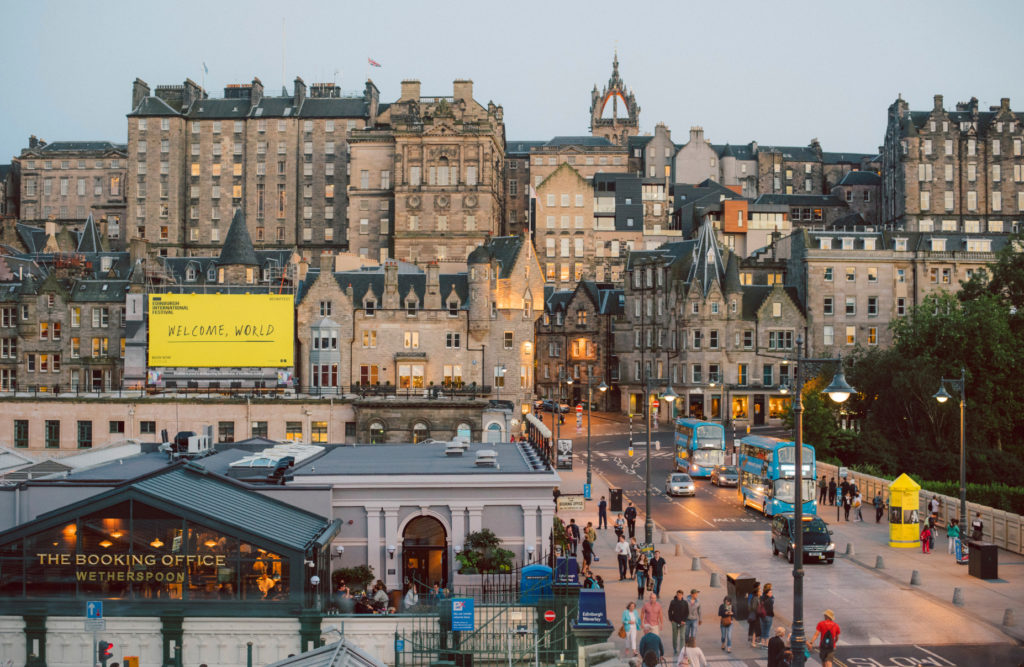
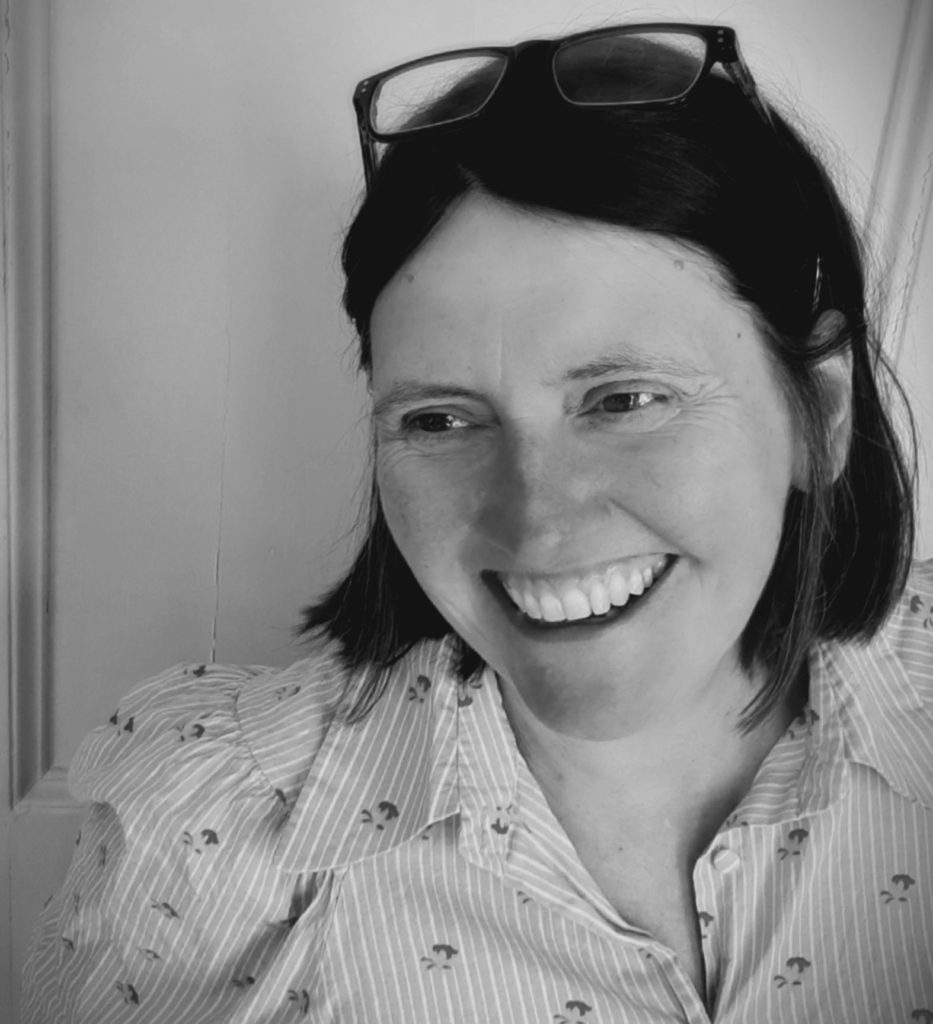
Sadie McKinlay
Head of Development
Please give us a brief overview of the Edinburgh International Festival’s approach to sponsorship and partnerships
The Edinburgh International Festival exists to bring world-leading artists together with audiences, in person and online. For three weeks in August, we are an unparelleled celebration of the performing arts and an annual meeting point for people of all nations. Our programme presents the finest performers and ensembles from the worlds of dance, opera, music and theatre. However, a written description cannot wholly justify the feeling people get from engagement with the Festival, the buzz of our capital city in August, as well as the year-round work we do in our community to contribute to the cultural and social life of Edinburgh and Scotland. Above all, a festival is about “connection” and it is this that underpins our approach to corporate partnerships.
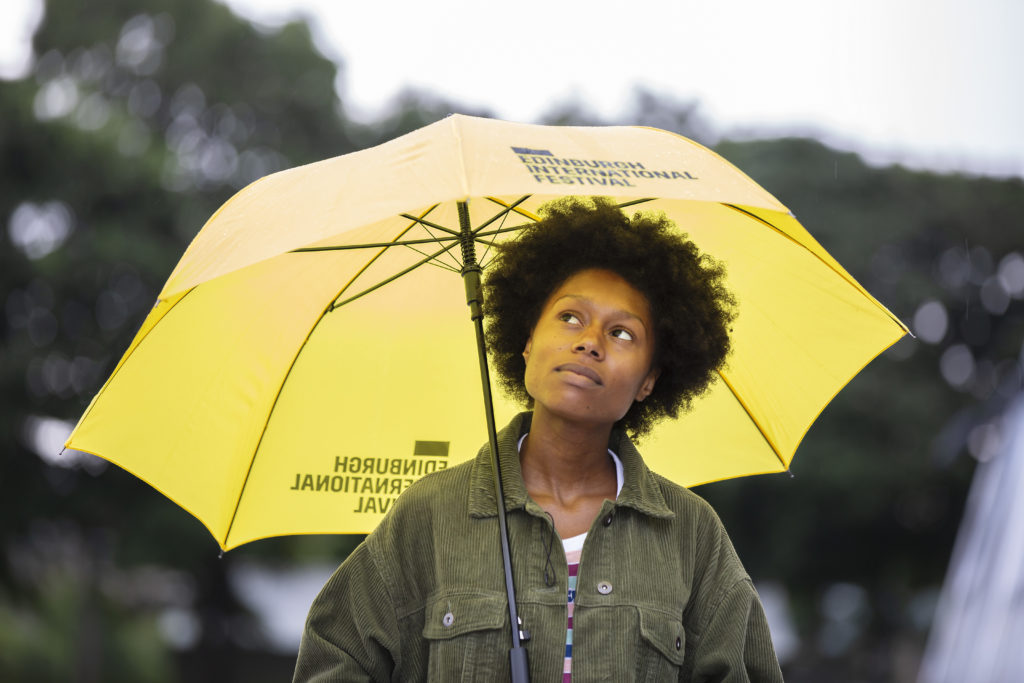
We work with partners (and approach potential partners) who value the arts and culture and how it can connect them to their customers, contacts and staff. We understand that there has to be a commercial benefit to the partnership but are seeing more and more that this can be enhanced by a wider mission that is to benefit people other than ourselves. We build partnerships supported by our key pillars of sustainability, diversity, accessibility and community. And, given that we are a festival, we want our partnerships to be fun and for people to enjoy their engagement with the International Festival.
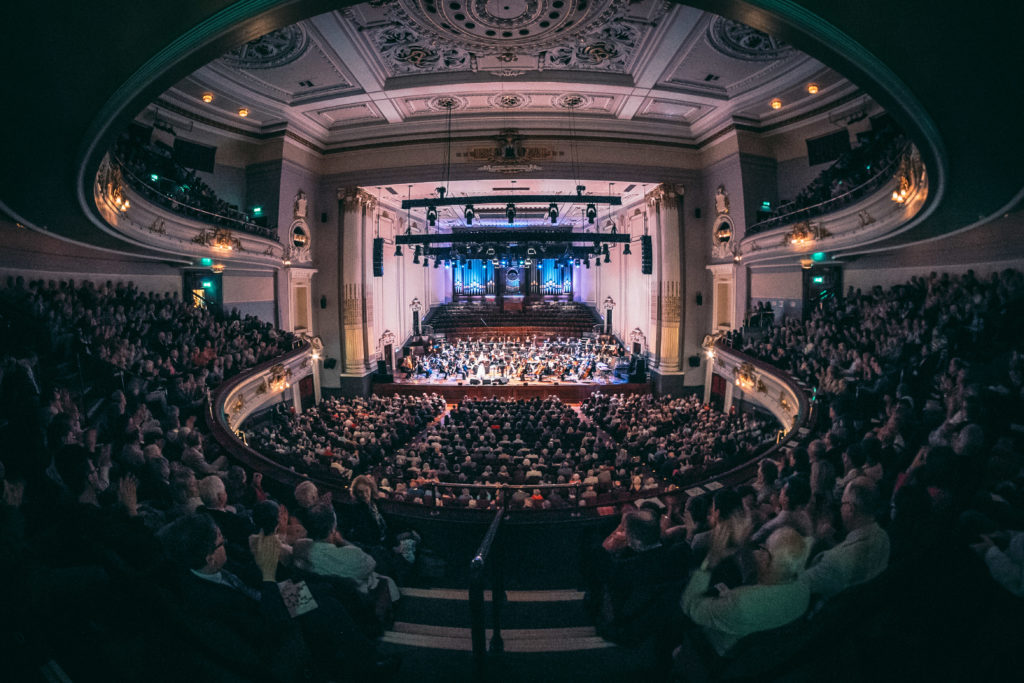
What approach differentiates the Edinburgh International Festival and makes your sponsorship offering unique?
We are a global organisation that is rooted in Scotland. Our proposition as a festival is also unique, as we showcase the best in the world from different genres, making Edinburgh a melting pot of artform, artists and audiences. As a curated festival, our programmers travel the world to find the best work to bring back to Edinburgh to perform on the world stage in August, alongside our own Scottish national companies and artists.
Given the huge scope of what we offer to audiences means that we don’t have just one approach to our sponsorship offering. We have the ability to create bespoke partnerships because of the range of audiences who attend, the media and social profile we attract, together with the opportunities for our partners to align their brand with different elements of the Festival.
But there is huge benefit to having ways in which partners who are new to sponsorship – or for whom the time is not quite right – to get involved. Our Corporate Membership scheme offers a way in to make the Festival as accessible to corporate partners as it is to audiences.
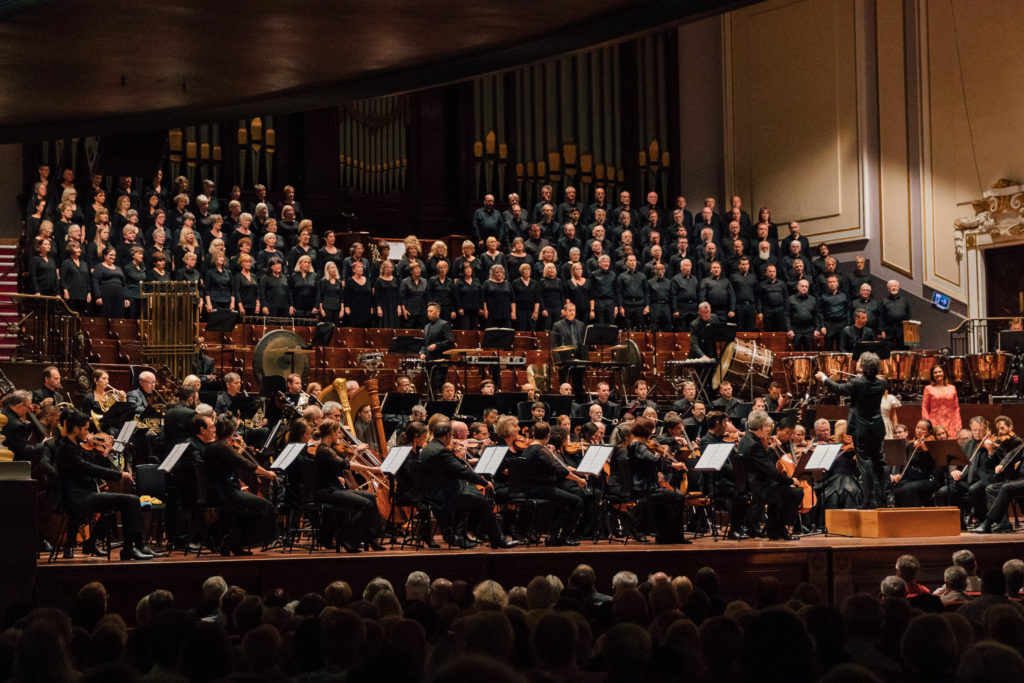
How did your approach to connecting brand partners with your audiences change during COVID-19, and have any of the changes become embedded more permanently?
The sudden cancellation of the 2020 Festival immediately set us on a path of resilience. Once our financial position was stabilised, we were able to use that time to rewrite our corporate fundraising strategy as well as redirect the partnerships already agreed for that year towards new ways of working. At the time, we assumed that some of this would be for 2020 only, but as COVID-19 progressed it became apparent that these changes might be more long term. Most specifically, this was of course the transition from live performance in 2020 and 2021, to digital. Artists (including violinist Nicola Benedetti and composer Anna Meredith) also took part in online Q&As with our headline partners to connect their staff with their sponsorships during lockdown.
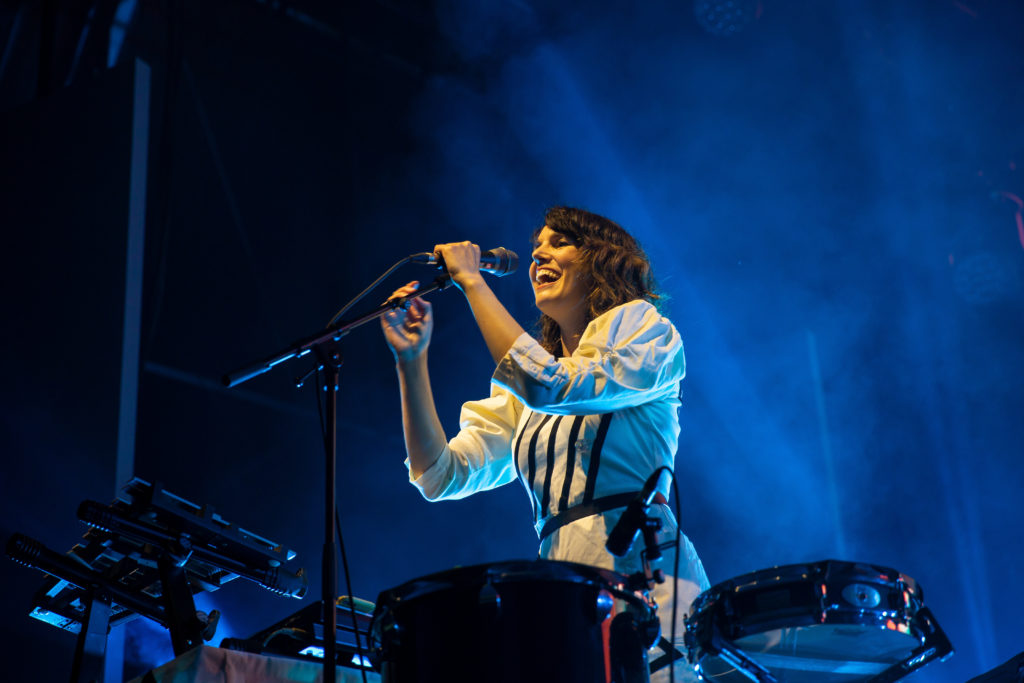
The largest change was the ongoing difficulties imposed on international travel. This meant in 2021 we had to swap a planned activation of our partnership with abrdn around our Opening Event, to our new digital programme AT HOME. AT HOME was a way for audiences around the globe to experience 20 performances (filmed as live) from across the Festival programme. The reduced audience capacity in our venues meant that local audiences could also join in if they had been unable to buy tickets. The success of the digital programme in 2021 has led to us renewing our partnership with abrdn to focus on how we can achieve global reach for our artists and enable more people to benefit from abrdn’s investment in the International Festival.
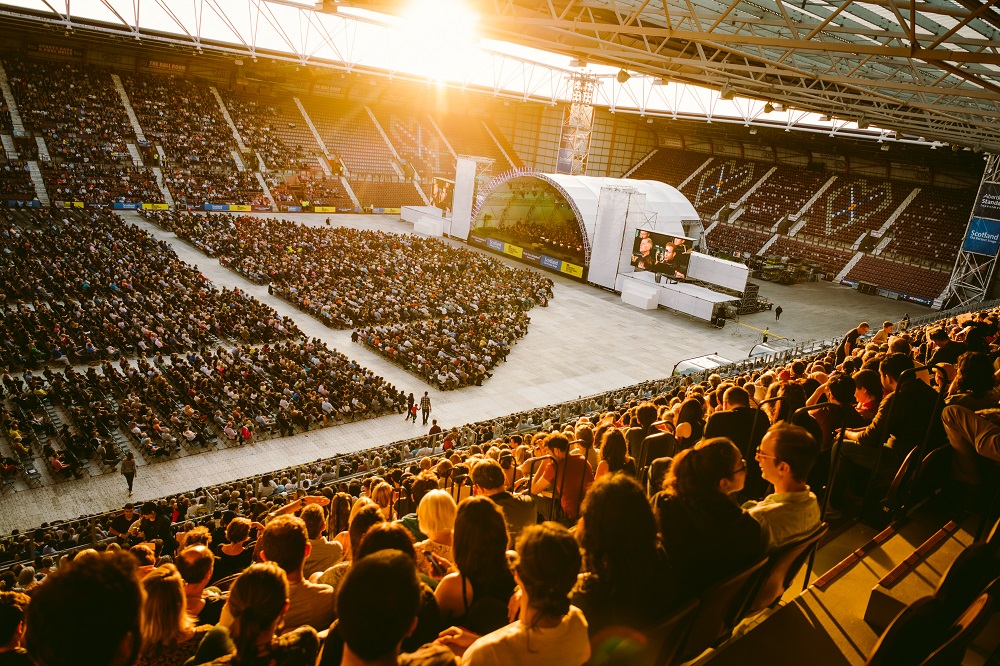
Our 2021 Festival was also strictly controlled with social distancing in outdoor venues, with no hospitality. We used the Festival for some “creative cultivation” where we engaged with potential partners on a 1:1 basis but definitely at a 2-metre distance! Luckily this is something we can move on from in 2022, with a return to a full Festival on the scale of pre-pandemic.
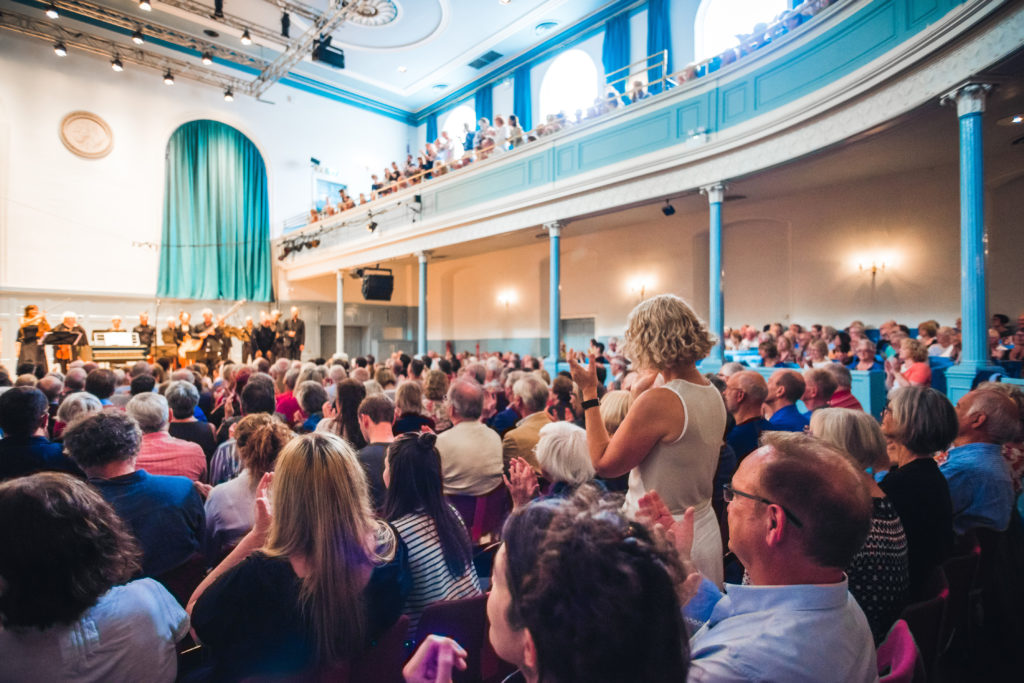
What current trends have you identified within Arts & Culture sponsorship, and how are they affecting how you work and how you deliver for partners?
There is definitely a shift towards a “requirement” for the partnership to demonstrate the benefits towards ESG. Being a charity, and having a year round local engagement programme plus the August Festival, we are perfectly placed to create meaningful partnerships for both us and the sponsor to achieve our mutual aims in these areas. For example our digital programme, along with achieving the commercial reach of new audiences, also has an impact on our carbon footprint, as it reduces the need for some audiences to travel to venues. And we have embedded in 2022 a residency programme that means orchestras can stay for longer in Edinburgh, present two or three performances on stage, and be part of our schools and community engagement. This innovation has generated a real interest and discussion point with all supporters, not just sponsors.
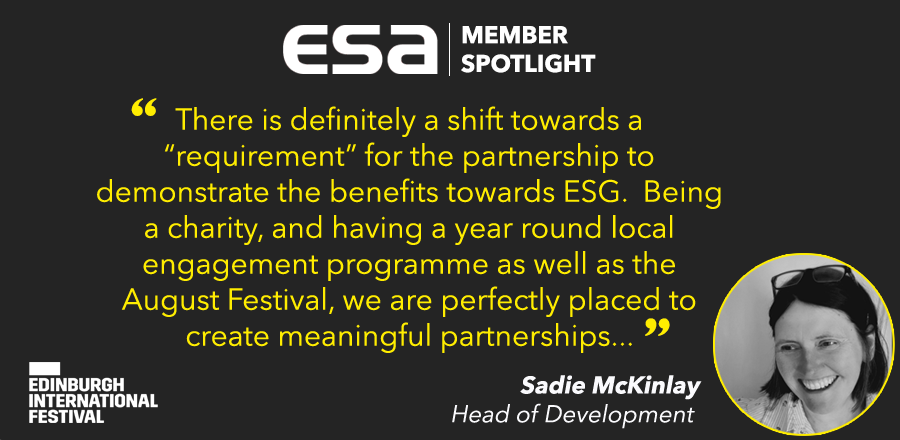
As a result, there is a more philanthropic approach to sponsorship and, apart from the obvious reach of digital programmes, a trend towards “localism”. I believe that arts organisations such as the International Festival must work hand in hand to make sure our local community feels the benefits of having an international cultural offering on their doorstep. We are guided by the words of the Scottish sociologist Patrick Geddes to “think global, act local”.
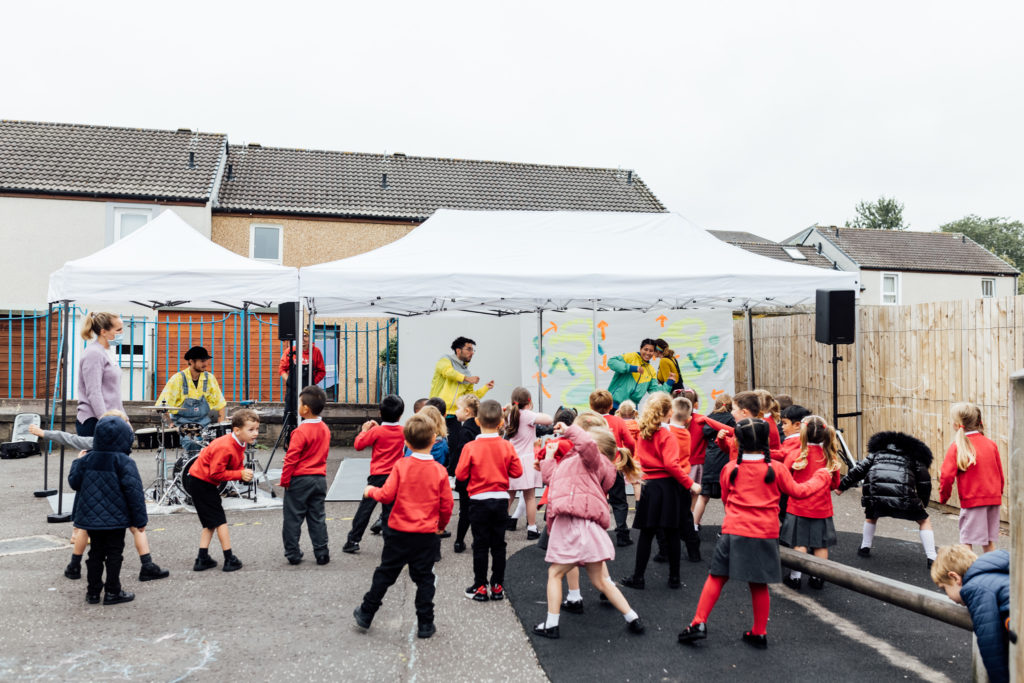
How has the role of sponsorship changed for the Edinburgh International Festival over the past few years? And what predictions can you make about how it’s going to change in the next five years?
Historically, the Festival’s sponsorship was focused on performances alone. We acknowledge that although hospitality and client entertainment is a key element for many, we want our partnerships to fulfil deeper and longer-term strategic goals for both us and our partners.
We want to grow our partnerships with corporate supporters around themes such as sustainability, next generation, health and wellbeing, innovation and more. The activation of these partnerships will still include tickets for performances and profile raising around performances but we believe through partnerships we can achieve so much more.
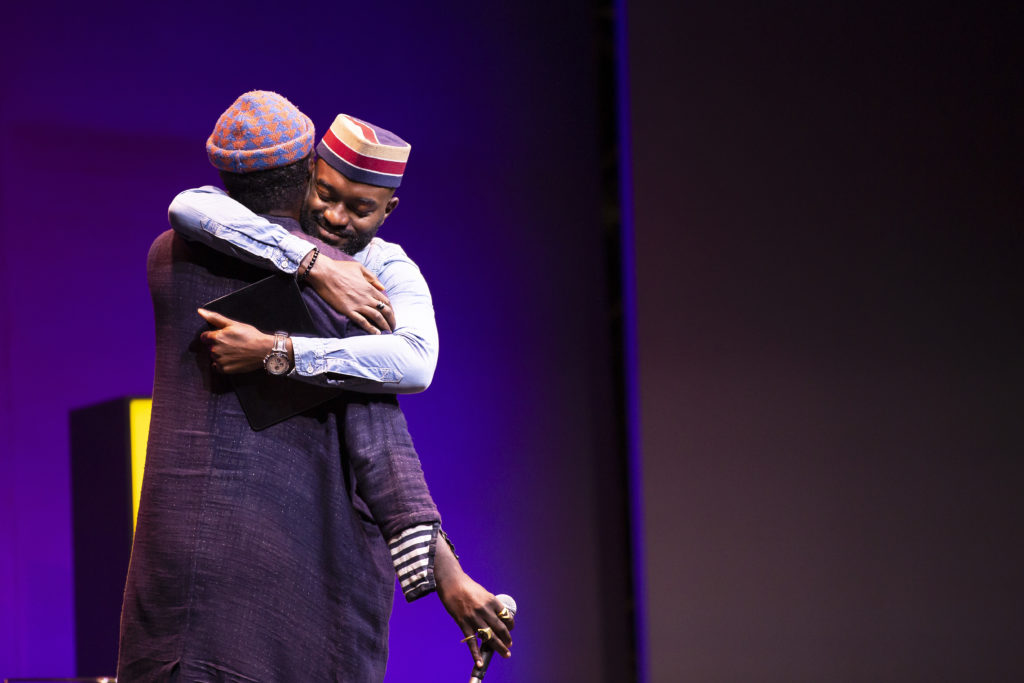
No-one predicted the last two years, so I am loath to pretend I have a crystal ball to look at the next five. What I am certain of, is that the International Festival will be strong and relevant as it heads towards its 80th anniversary, and the arts and culture will continue to be a source of much joy, inspiration and satisfaction to those who participate and engage with them.
Is there anything else you’d like to add?
To anyone reading this, particularly if you have never experienced Edinburgh in August and the International Festival’s programme of artists from around the world, come and visit! Get in touch and we would be delighted to welcome you to our Festival.
